67% of lost sales result from sales reps not properly qualifying leads before taking them through the full sales process.
MEDDIC is a powerful qualification framework that filters out unqualified leads, ensuring your team pursues only high-conversion opportunities.
In this guide, we discuss the MEDDIC sales methodology in detail and whether you should adopt it for your organization.
The 6 Steps of the MEDDIC Sales Process — at a Glance!
Here are the six steps to qualify prospects In the MEDDIC sales framework:
Metrics: Quantify the ROI your solution offers to hook prospects
Economic Buyer: Find the decision-maker who has the final say
Decision Criteria: Understand what makes them say “yes”
Decision Process: Map their validation and approval process
Identified Pain: Address their challenges with tailored solutions
Champion: Secure an internal advocate to push your offering
MEDDIC vs. MEDDICC vs. MEDDPICC - Is There a Difference?
This table breaks down the key differences in their elements and ideal applications for MEDDIC, MEDDICC, and MEDDPICC, all variations of a powerful framework designed to help sales teams identify promising leads.
How to Use the MEDDIC Framework + Questions to Ask
The MEDDIC framework goes beyond superficial conversations to identify the metrics that truly matter to your prospect. It helps you pinpoint the decision-makers, understand their priorities, and uncover the criteria they use to evaluate solutions.
By asking insightful questions at each MEDDIC sales stage, you'll gain a clear picture of their challenges and tailor your approach for a winning outcome.
Here’s a breakdown of the MEDDIC checklist, along with some MEDDIC sales questions to ask:
Step 1: Metrics
Goal:
Using MEDDIC sales qualification, demonstrate the measurable impact your solution can have on their business bottom line, efficiency, or key performance indicators (KPIs).
Example:
Focus on results, not just features. Quantifiable improvements resonate more deeply with customers. Instead of simply listing features, showcase how your solution can translate into real benefits, such as cost savings, increased revenue, or improved operational efficiency.
Questions to Ask:
- What are your current business goals, particularly those focused on cost savings, efficiency, or revenue growth?
- Which metrics do you track to measure success in achieving these goals?
- How would you define a successful outcome in addressing these challenges?
By understanding their key metrics and desired outcomes, you can showcase how your solution directly translates into positive results for their business.
Step 2: Economic Buyer
Goal:
Pinpoint the individual with ultimate purchasing authority within the prospect's organization.
The Economic Buyer isn't just someone who signs a check; they're the person who directly impacts the company's financial well-being. Their role can vary depending on the size and structure of the organization.
Examples:
- In a small business, it might be the CEO or owner.
- In larger companies, it could be a department head, VP, or a specific committee responsible for major purchases.
Questions to Ask:
- Within your organization, who ultimately has the final say on purchasing decisions for solutions like ours?
- What factors typically influence their decision-making process?
While identifying the economic buyer and understanding their priorities, you can ensure your communication resonates with the right person and effectively addresses their concerns.
Step 3: Decision Criteria
Goal:
Identify the specific factors that influence their buying decisions.
Every prospect has a checklist for evaluating potential solutions. Understanding their decision criteria allows you to tailor your approach and highlight how your solution directly addresses their priorities.
Examples of Decision Criteria:
- Technical Capabilities: Does your solution integrate seamlessly with their existing technology infrastructure?
- Features and Functionality: Does your solution offer the specific features and functionalities they require to address their challenges?
- Budget: Does your solution fit within their allocated budget for this type of solution?
- Return on Investment (ROI): Can you demonstrate a clear path to achieving their desired ROI through your solution?
Questions to Ask:
- What are the most critical factors when evaluating solutions like ours?
- How do you typically measure the return on investment (ROI) for this type of project?
- What do you prioritize in your decision-making process?
By understanding their decision-making criteria, you can focus on the aspects that truly matter to them and present a compelling case for why your solution is the best choice.
Step 4: Decision Process
Goal:
Gain insight into the steps involved in your prospect's purchasing journey.
The decision process goes beyond simply identifying the economic buyer. It's about understanding the entire roadmap to approval, including key players, timelines, and any formal procedures involved.
Knowing these steps allows you to anticipate the next steps, avoid delays, and tailor your approach to move the deal forward efficiently.
Example:
Who's Involved? The decision process typically involves a combination of stakeholders:
- Economic Buyer: The final decision-maker with purchasing authority.
- Technical Decision-Makers: Individuals who evaluate the solution's technical fit and functionality.
- Business Decision-Makers: Stakeholders who assess the financial viability and business impact.
Questions to Ask:
- Can you walk me through the typical steps of your company's purchasing process?
- Who else besides the economic buyer usually evaluates solutions like ours?
- What is your anticipated timeline for making a decision, and are there any potential approval hurdles we should be aware of?
By understanding the different stages and key players involved, you can effectively navigate the approval process and ensure your solution reaches the right people at the right time.
Step 5: Identified Pain
Goal:
Identify the specific challenges and obstacles that are preventing the prospects from achieving their goals.
Every business encounters hurdles along the way. Identifying these "pain points" allows you to demonstrate how your solution can become the bridge to smoother operations.
Example:
Some common pain points:
- Increased costs
- Decreased efficiency
- Operational delays
- Low employee morale
- Limited customer satisfaction
Questions to Ask:
- What are the biggest challenges you're currently facing in achieving your business goals?
- How are these challenges impacting your day-to-day operations or overall performance?
- What are the potential consequences if you don't address these issues?
By understanding the root cause of their pain, you can tailor your solution as the remedy they need to achieve their desired results.
Step 6: Champion
Goal:
Find an enthusiastic supporter within the prospect's organization who will champion your solution.
A champion is someone who truly understands the value your solution offers and actively promotes it to key decision-makers.
Example:
Some potential champions' examples:
- Department Heads: Individuals directly impacted by the challenges you're addressing.
- End Users: Those who will utilize your solution and experience the benefits firsthand.
- Influencers: People with sway over decision-makers, such as industry experts or respected colleagues.
Questions to Ask:
- Who stands to benefit most from resolving the challenges we discussed within your organization?
- How much influence does this person have on key stakeholders involved in the decision-making process?
By identifying and engaging your champion, you gain a valuable advocate who can provide crucial insights, navigate internal politics, and ultimately help you secure a successful outcome.
How To Decide if MEDDIC Sales Methodology Is Right for Your Team?
The MEDDIC framework provides a structured approach to qualifying leads, but is it the perfect fit for every sales team? Let's explore the pros and cons to help you decide.
Advantages of MEDDIC Sales Qualification
- Deeper Customer Understanding: MEDDIC goes beyond surface-level conversations. You gain valuable insights into a prospect's specific needs, decision process, and evaluation criteria by asking targeted questions. This allows you to tailor your pitch for maximum impact.
- Improved Win Rates: Focusing on qualified leads with a higher chance of closing translates to higher win rates and a more efficient sales funnel.
- Stronger Relationships: Building trust and demonstrating a genuine understanding of their challenges fosters stronger relationships with potential customers.
Disadvantages of MEDDIC Framework
- Time Commitment: MEDDIC requires a more in-depth sales qualification process, which can be time-consuming for salespeople and prospects.
- Complexity for Simple Sales: The detailed MEDDIC approach might be an unnecessary layer of complexity for straightforward products or services with a short sales cycle (eg, basic software licenses).
When Is Meddic Sales Methodology Not Ideal?
- High-Volume, Low-Value Sales: A simpler qualification process, like BANT, might be more efficient for quickly moving, low-cost products or services.
- Limited Sales Resources: If your sales team is stretched thin, the time commitment required by MEDDIC might be better spent on closing existing deals.
Implement MEDDIC with Storylane - The New Age Way!
With MEDDIC checklist, the goal is simple – qualify prospects and tailor your solution according to their needs. The key? Asking the right questions.
Do you want to forget lengthy questionnaires and forced interactions? Storylane’s interactive demo platform can help.
Instead of grilling leads with questions, you send them a dynamic demo showcasing your product's features. They can explore independently, uncovering solutions to their specific needs.
While they interact, Storylane works its magic behind the scenes. It tracks their clicks, revealing hidden pain points and decision criteria that traditional methods might miss.
This information allows you to tailor your MEDDIC calls to their priorities, fostering more profound, meaningful conversations. Storylane helps you transition from "salesperson" to trusted advisor, someone who truly understands their unique challenges.
Stop guessing about your customer needs. Embrace the MEDDIC advantage with Storylane and experience the new age of sales success! Get a free trial of Storylane now!

.svg)
.svg)







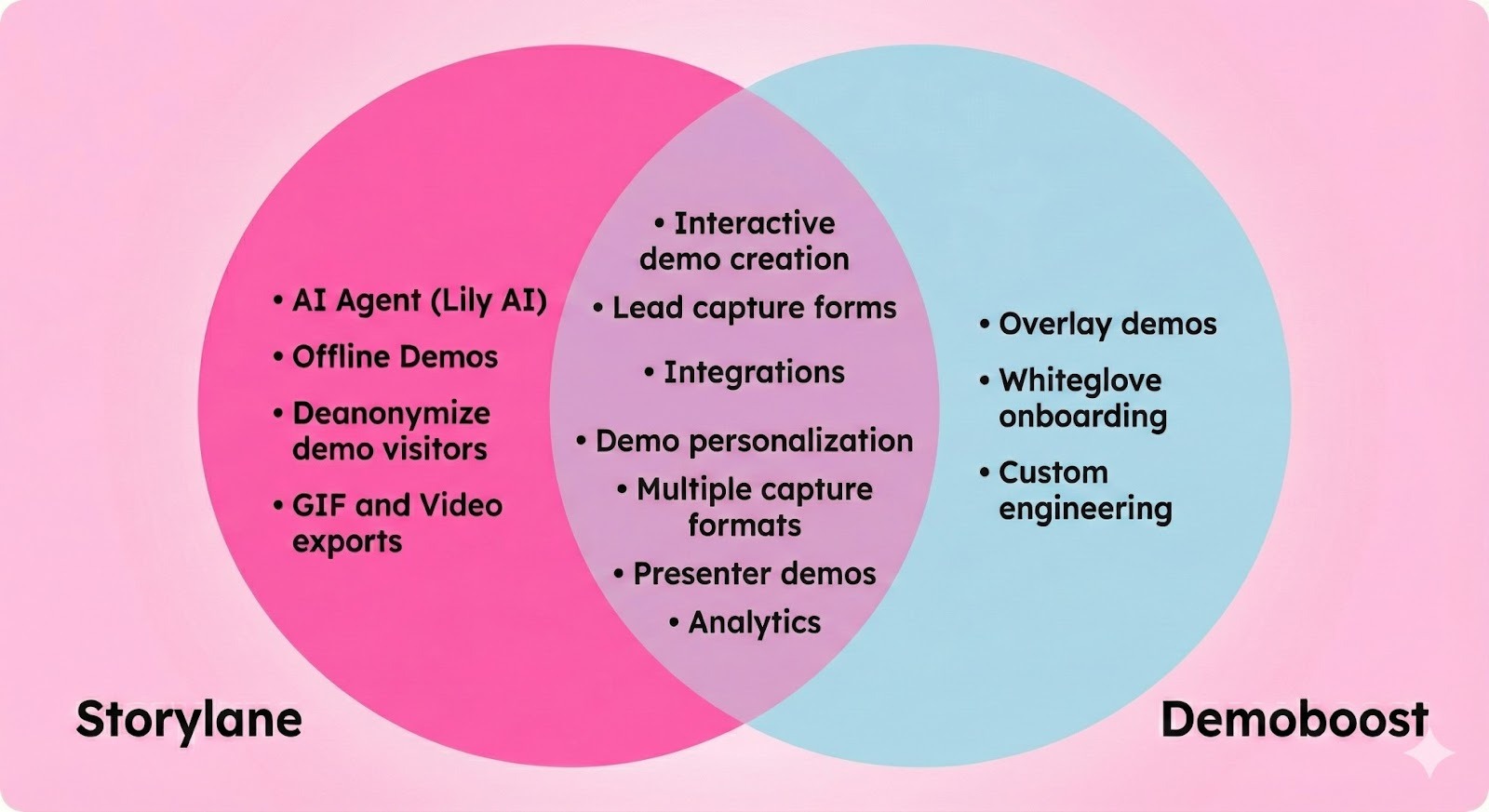

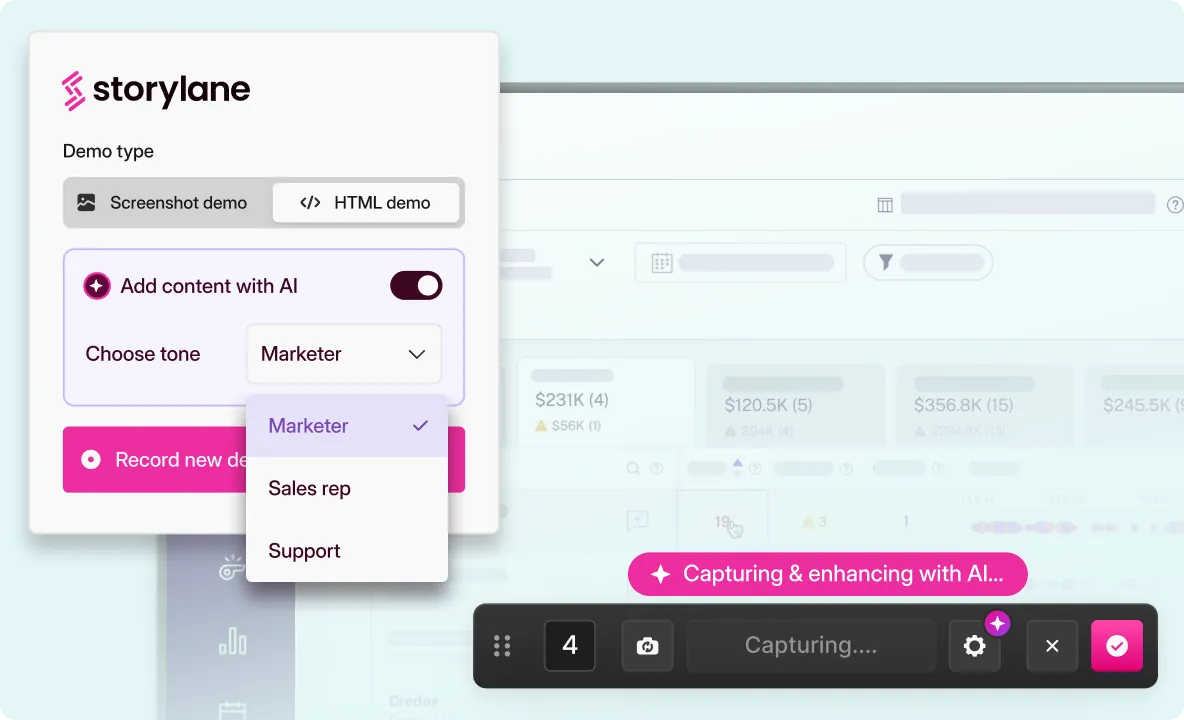



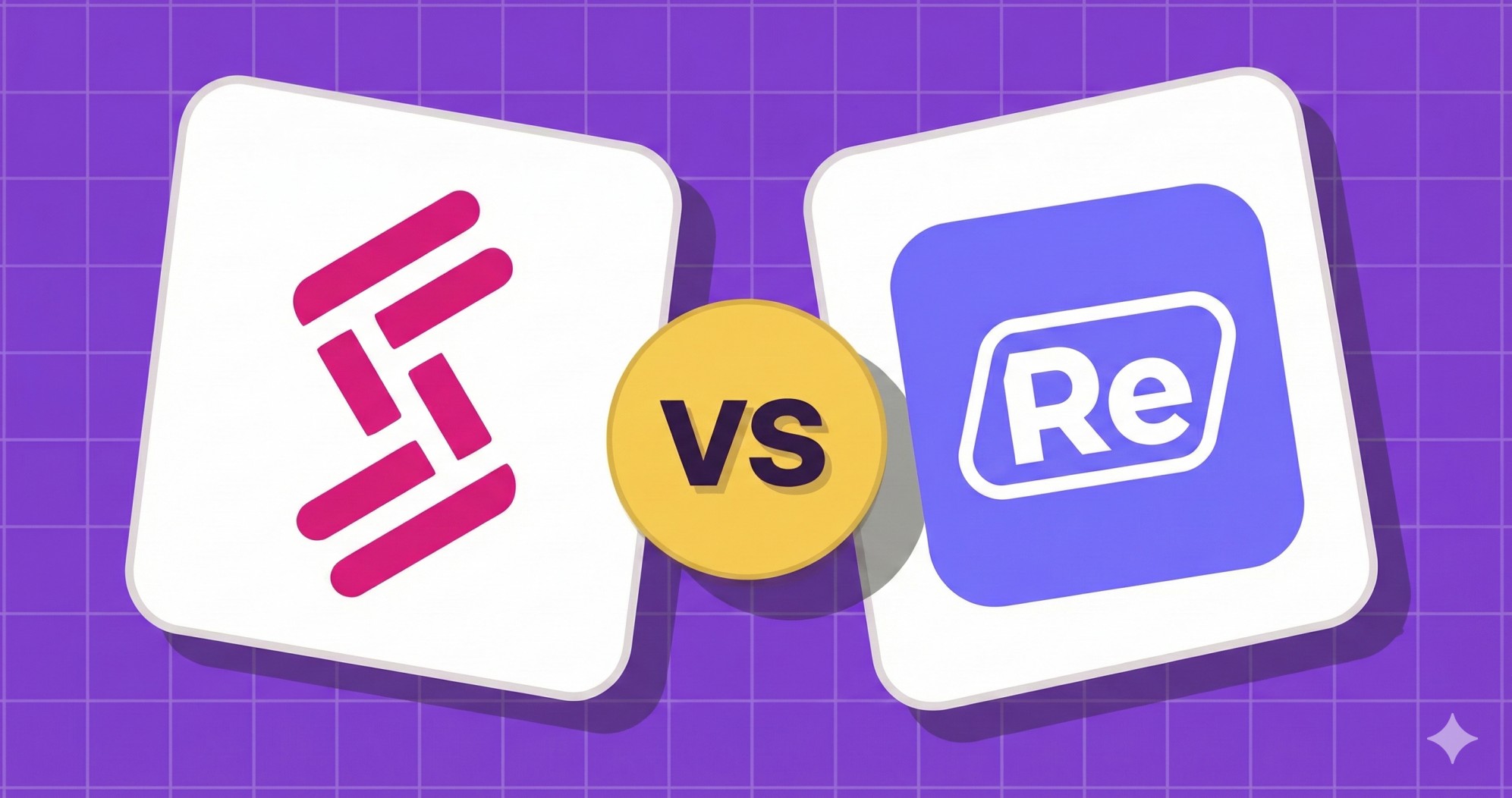
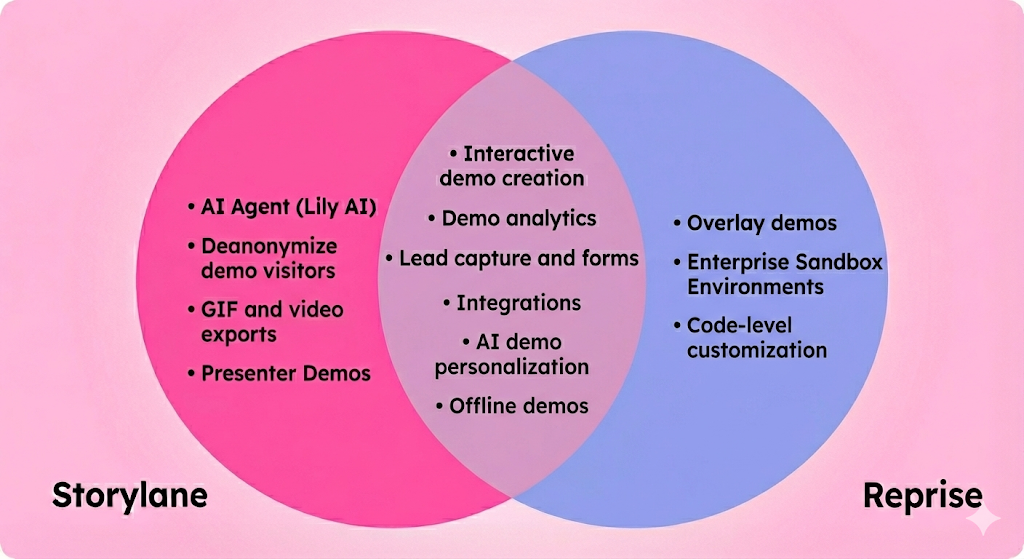
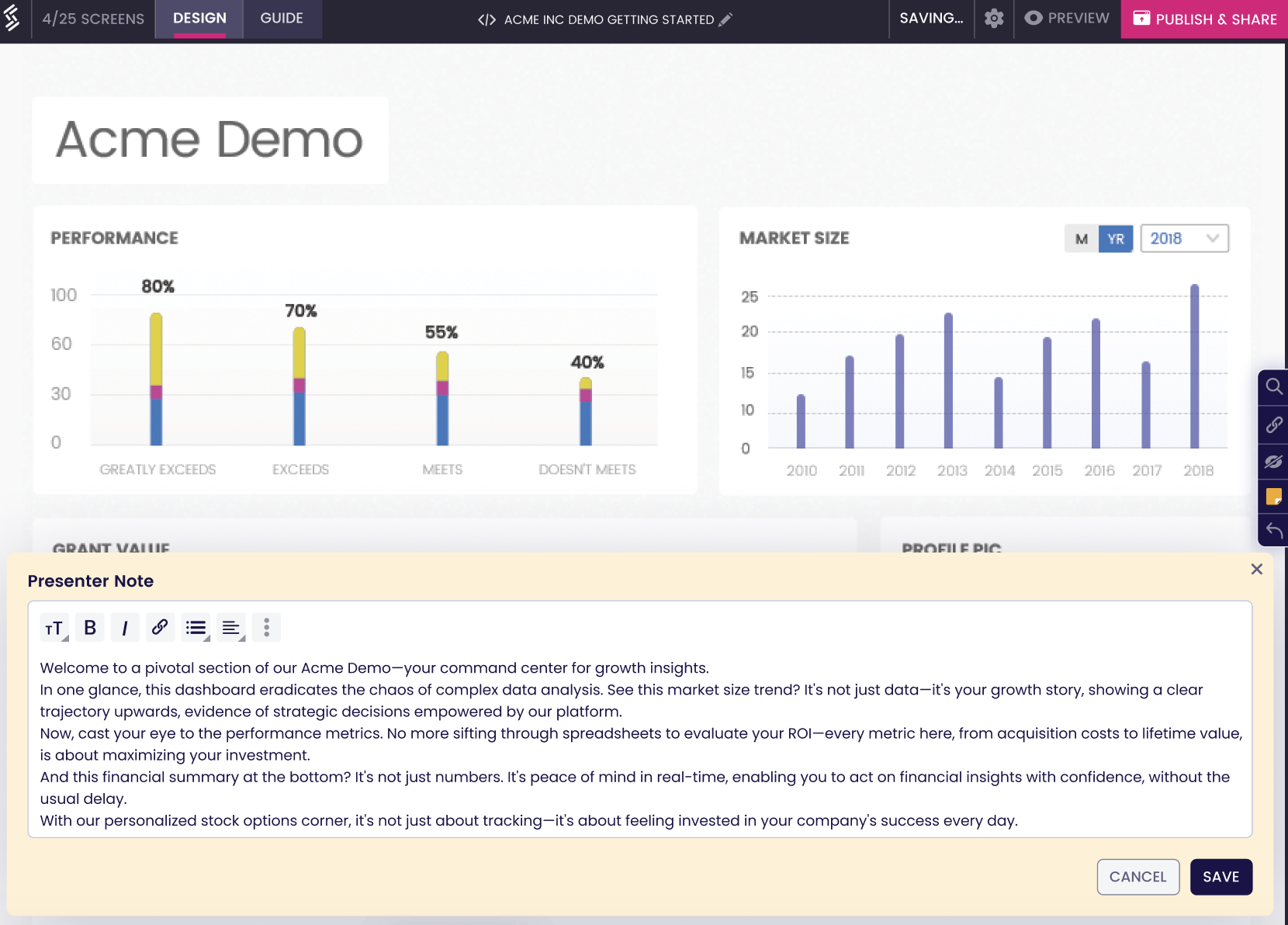





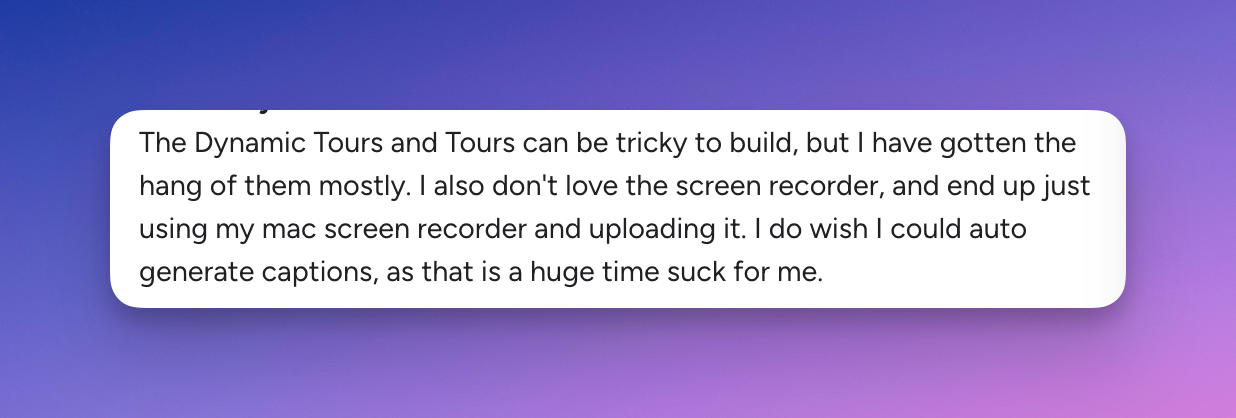




.svg)

.webp)